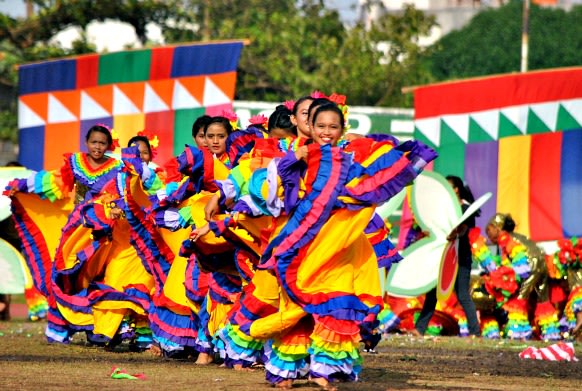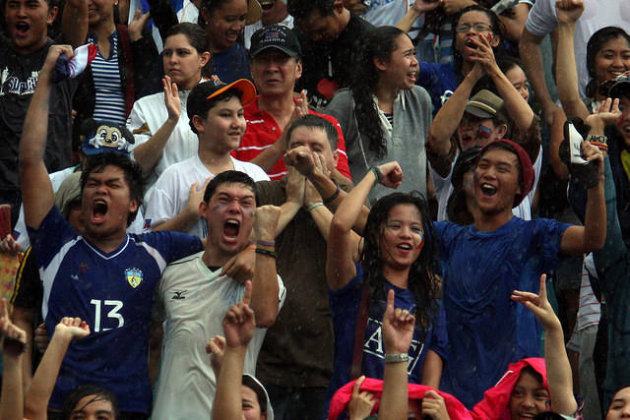PHL National Artist BenCab featured in New York exhibit
Philippine National Artist Benedicto Reyes Cabrera, better known for his moniker "BenCab," is among featured artists in an exhibit currently running in New York City in the US.
According to a Department of Foreign Affairs (DFA) statement on Monday, BenCab is part of a special exhibit called "Visions of Iberoamerican Art: bi/Coa: 200 Years of Identity."
"The exhibit is an international presentation focusing on understanding Hispanic cultures and allowing art to connect Hispanics with other communities and former Spanish/Hispanic colonies such as the Philippines," the DFA said.
Joining BenCab are other artists such as Rodolfo Abularach of Guatemala and Fanny Sanín of Colombia in the exhibit.
The exhibit started on April 4 and is scheduled to end on April 26. The DFA noted that the exhibit in the coming months will be featured in other Instituto Cervantes branches in the US, such as in Chicago and Los Angeles.
According to the profile on his website, the multi-awarded BenCab is "hailed as a master of contemporary Philippine art."
Born in Manila on April 10, 1942, BenCab studied Fine Arts at the University of the Philippines and graduated in 1963.
A painter and printmaker, his works have been exhibited in the Philippines and in Asia, Europe, and the United States.
In the past 40 years, BenCab has received several honors such as:
- the Gawad CCP Para sa Sining (Cultural Center of the Philippines Award for the Arts) in 1992, the ASEAN Achievement Award for Visual & Performing Arts in the 5th ASEAN Achievement Awards in 1997, and
- the Order of National Artist for Visual Arts by President Gloria Macapagal-Arroyo in Malacanan Palace in 2006.
BenCab lives and works in Baguio City, where the BenCab Museum is located. The museum houses BenCab’s own works as well as those of other known and upcoming contemporary Filipino artists.
The BenCab museum is on Km. 6 Asin Road, around 15 minutes from the center of Baguio City. - Gian C. Geronimo, VVP, GMA News

















